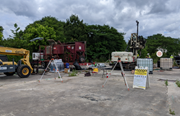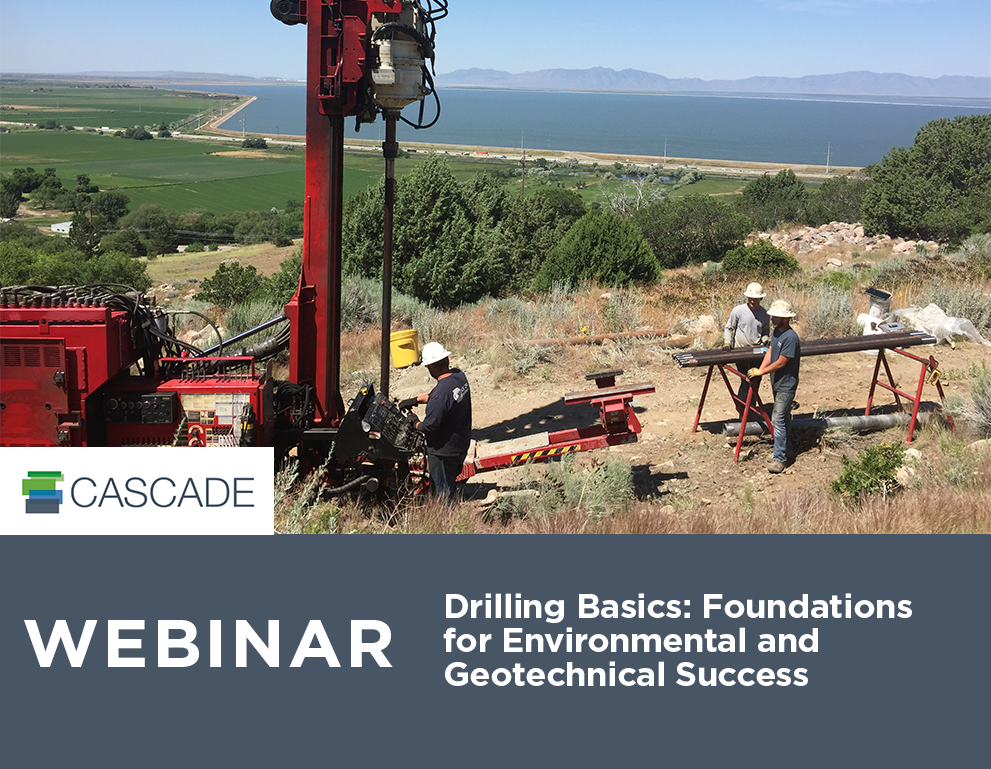How to Present at Conferences and to Clients with Confidence
By: Cascade EnvironmentalPublic speaking is supposedly one of the scariest and most difficult things a person can do. As an environmental consultant, there will be many occasions where you will present at a conference or to a client. If you are early in your career or don’t have much experience under your belt, this blog post will walk you through the process from preparation to delivery.
BUILDING THE PRESENTATION
The first step to presenting is choosing a topic—which sounds easier than it sometimes is. Oftentimes, presenters try to cover too much in a single presentation and are not able to cover any of it well. A better approach is to limit the scope of your topic with the audience in mind. Ask yourself what question or pain point you are solving for your audience, and from there you can develop a thesis statement to build the rest of your presentation on.
Once you know your topic and have narrowed down the scope, build out the main points you plan to cover. If you feel stuck, an easy way to go about it is to think of your presentation like a story: it has a beginning, a middle and an end. Your presentation can be structured that way, too. When you take a storytelling approach, it’s also easier for your audience to follow along and remember the information you shared.
As one of Cascade’s experienced presenters recommends “Whether you’re presenting in person or on a webinar, use examples you know will resonate with your listeners. This holds their interest and often prompts an engaging conversation.”
After the bulk of your presentation is built and you’re assembling your slides, there are a couple of things to keep in mind. First, use lots of images and not a lot of text. Audiences like to have something to look at that illustrates your point, but if you put a lot of bullet points on every slide, they’ll just be reading instead of listening. Second, be sure to add a slide at the beginning that outlines your agenda, and one at the end summarizing everything you’ve covered. This helps your audience retain what they heard.
DELIVERING YOUR PRESENTATION
You’ve put together a great presentation, or perhaps your abstract was accepted for an upcoming conference—now what? First, recognize that practice makes perfect—but reading a script does not. As tempting as it can be to write everything down to make sure you don’t miss anything, skip it. If you’re reading, you aren’t making eye contact with your audience members and you aren’t projecting expertise. Practice your presentation beforehand, and keep an outline or notecards with you to jog your memory if needed.
Second, don’t try to sell your audience on your services unless that’s specifically the reason they invited you to speak. Showcase your expertise by diving deep into your topic and answering any questions that come up—it will speak much more about what you can do than your elevator pitch would.
Third, remember that nerves are normal, and even experienced speakers still feel butterflies before they get in front of an audience. Feeling nervous is not a sign you aren’t prepared or that something bad is going to happen. Take a few deep belly breaths to feel a little calmer and slow down your heart rate.
Odds are high that your career will include many presentations, but the first few can feel the most challenging. Just remember to keep your topics narrowed down and answering one question or pain point, and that if you’ve practiced you don’t need to listen to your nerves.
If you’d like to check out upcoming events that might need speakers, check out our events calendar.
If you’d like to listen to some of Cascade’s experts present, check out our webinar schedule and recordings.












